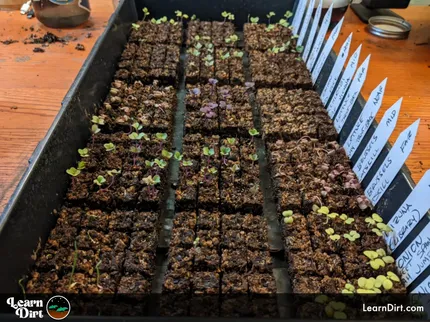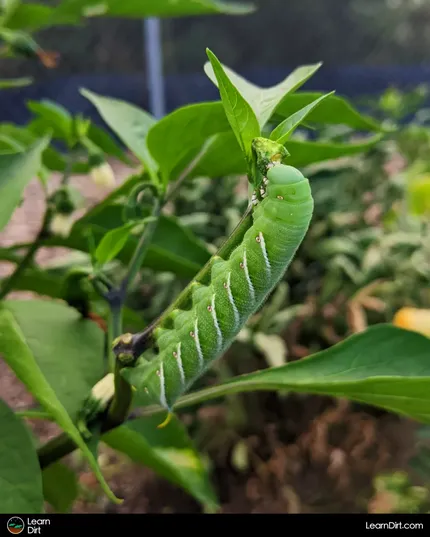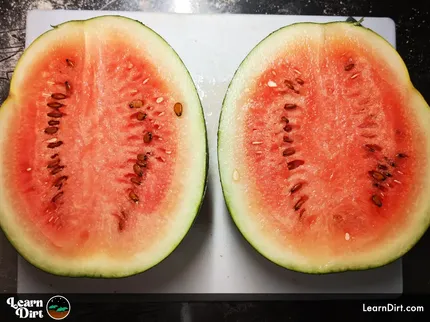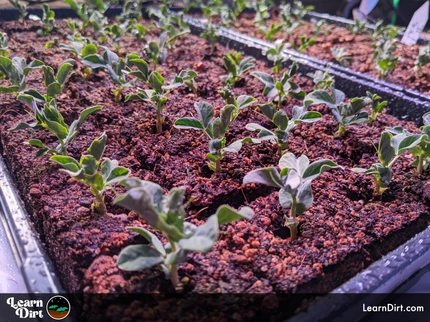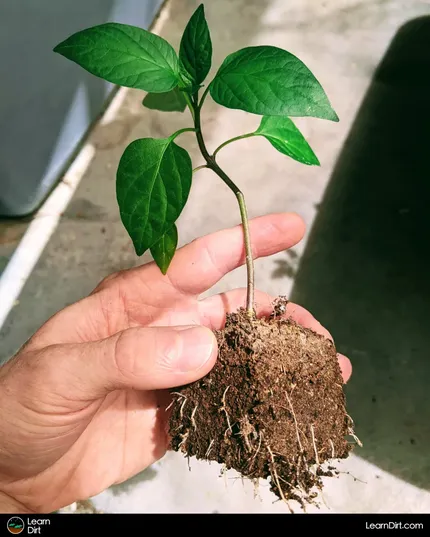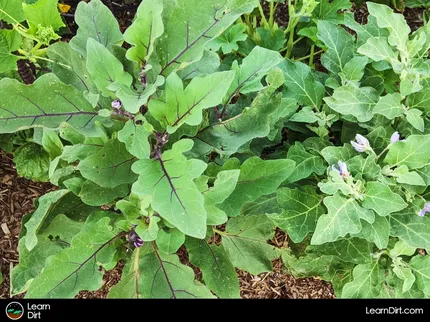Table of Contents
- Actinidiaceae - The Chinese Gooseberry Family
- Amaranthaceae - The Amaranth Family
- Anacardiaceae - The Cashew / Sumac Family
- Apiaceae - The Carrot / Parsley Family
- Araliaceae - The Ginseng Family
- Asparagaceae - The Asparagus Family
- Asteraceae - The Aster Family
- Amaryllidaceae - The Amaryllis Family
- Aquifoliaceae - The Holly Family
- Boraginaceae - The Borage Family
- Brassicaceae - The Mustard Family
- Cannabaceae - The Hemp Family
- Convolvulaceae - The Morning Glory Family
- Cucurbitaceae - The Gourd Family
- Dioscoreaceae - The Yam Family
- Ericaceae - The Heath Family
- Fabaceae - The Legume Family
- Grossulariaceae - The Currant Family
- Juglandaceae - The Walnut Family
- Lamiaceae - The Mint Family
- Lauraceae - The Laurel Family
- Lythraceae - The Loosestrife Family
- Malpighiaceae - The Malpighia Family
- Malvaceae - The Mallow Family
- Moraceae - The Mulberry Family
- Musaceae - The Banana Family
- Myristaceae - The Nutmeg Family
- Myrtaceae - The Myrtle Family
- Pedaliaceae - The Sesame Family
- Piperaceae - The Pepper Family
- Poaceae - The Grass Family
- Polygonaceae - The Knotweed Family
- Ranunculaceae - The Buttercup / Crowfoot Family
- Rosaceae - The Rose Family
- Rutaceae - The Citrus Family
- Solanaceae - The Nightshade Family
- Theaceae - The Tea Family
- Tropaeolaceae - The Nasturtium Family
- Urticaceae - The Nettle Family
- Verbenaceae - The Verbena / Vervain Family
- Vitaceae - The Grape Family
- Zingiberaceae - The Ginger Family
- FAQs
* Our articles never contain AI-generated slop *
The following plant families list is an extensive aggregate of all of the taxonomic families which contain the most-commonly-cultivated food crops.
It encompasses most of the edible species which gardeners are likely to grow, from vegetables to herbs to fruits; as well as some identifying characteristics, common traits, and helpful info about each family.
Actinidiaceae - The Chinese Gooseberry Family
- Kiwifruit
Amaranthaceae - The Amaranth Family
Much of this family was formerly known as Chenopodiacea (commonly called "chenopodia" or the "goosefoot" family), but has since been reclassified as Amaranthacea.
Disclaimer: This post may contain affiliate links. Refer to the privacy policy for more information.
This was spurred on with advances in DNA sequencing, after learning that these species are much more closely-related to amaranth than previously thought.

All of the edible species in the former Chenopodiaceae family have been absorbed into the broader Amaranthaceae family - including such species as spinach, beets, quinoa, and chard.
Amaranth species, however, were notably not former members of Chenopodiaceae but are included in the modern Amaranthaceae family. For this reason, it's important to stay up-to-date on family names to avoid confusion.
You will still hear some older gardeners refer to some of these crops as chenopodia or goosefoot - as the reclassification happened in 2003 and many folks are not up-to-date on their taxonomies.
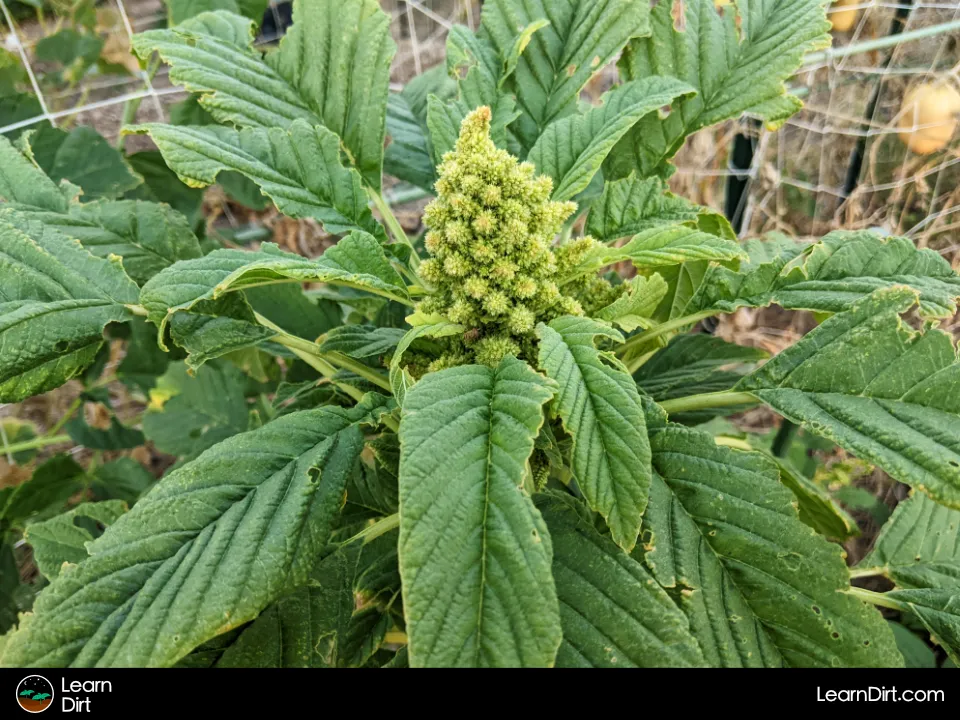
Anacardiaceae - The Cashew / Sumac Family
The Anacardiaceae family are generally tropical shrubs and trees, though a few species do live in temperate zones.
Some of the family members can be pretty nasty, e.g.: poison ivy, poison oak with irritating or poisonous resins. As gardeners though, we're interested in the the cultivated food crops in this family, which include:
Join The Grower's Community
Looking for a place to meet growers,
ask questions, share knowledge, be heard,
and feel like you belong? 🌱
Check It Out!
- Mango
- Cashew
- Pistachio
- Peruvian Pepper (Pink Peppercorns)
- Sumac
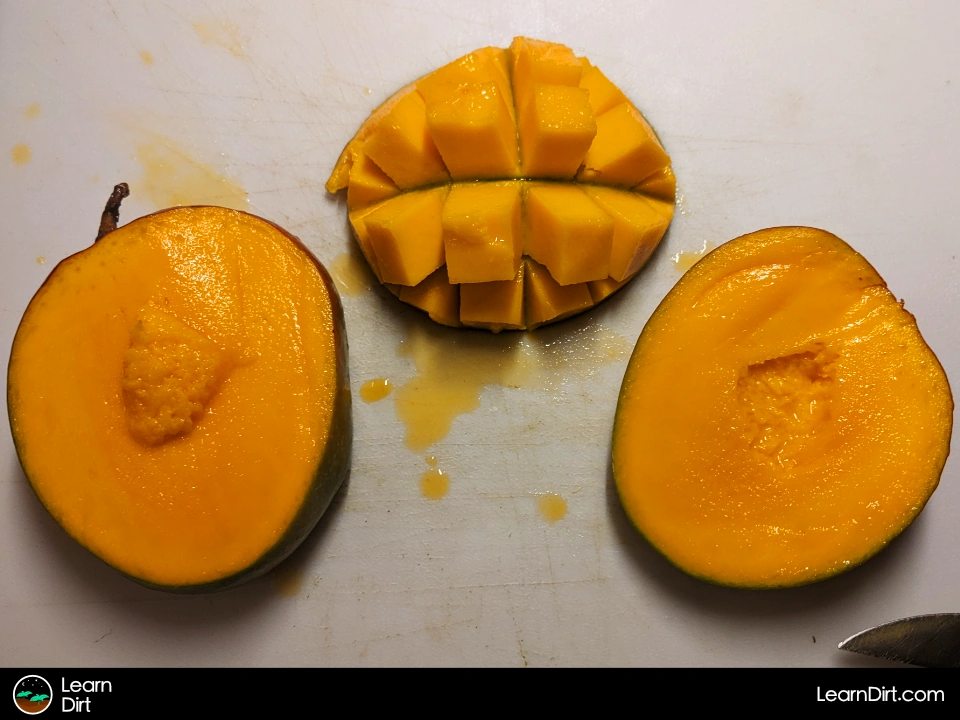
Apiaceae - The Carrot / Parsley Family
The Apiaceae family is often referred to as the "Umbellifers", as one of the most notable characteristics shared by all species in the family are the upside-down-umbrella-shaped umbels (flower cluster stalks).
Some of the members in this family produce some phototoxic sap which can make skin extremely susceptible to bad burns when exposed to sunlight - with photosensitivity sometimes lasting years!
Those would be the wild parsnip (the cultivated variety doesn't seem to do this), and giant hogweed.
Other species are poisonous, e.g.: queen anne's lace, poison hemlock, and fool's parsley. If you're foraging for wild species in this family, be absolutely sure you know how to identify them!
For our purposes as gardeners, we're interested in the edible species which are commonly cultivated. These include:
- Carrot
- Celery
- Chervil (French parsley)
- Parsley
- Dill
- Fennel
- Cilantro / Coriander
- Parsnip
- Anise
- Cumin
- Lovage
The leaves can be eaten on all the above-listed cultivated varieties with the exception of parsnip. While I have eaten a few cultivated parsnip leaves myself and had no issue, they may theoretically contain some of the phototoxic sap from their wild parsnip cousins.
There are not really any recipes to be found online for cooking cultivated parsnip leaves, so I take that as pretty good evidence that people generally avoid eating them.
I do not find cultivated parsnip species foliage to cause me any burns or sensitivity on exposed skin after touching, but it's worth considering gloves and long-sleeves even when working with cultivated parsnips just to be safe.
Araliaceae - The Ginseng Family
- Panax Ginseng
- Siberian Ginseng
Asparagaceae - The Asparagus Family
- Asparagus
Asteraceae - The Aster Family
Often referred to as the Asters, Daisies, and Sunflowers - the Asteraceae family is the current largest family of angiosperms (flowering plants) by number of species, with at least 32,000 members.
If you're a hiker like I am, you may be familiar with the practice of treating clothing with permethrin to repel ticks and mosquitos. Permethrin is produced in daisies as a chemotoxin to defend the plants against pests, and humans often utilize it for the same purpose.
Be careful though, permethrin is known to cause seizures and tremors in cats, dogs, fish, and likely also humans. It's absorbed through the skin and can cause some serious nervous system issues if you wear permethrin-treated clothing directly against the skin!
This also makes many of the species in this family poisonous to both humans and pets. You don't want your dog to eat daisies or marigolds!
That said, there are many edible species you're familiar with in this family, and quite a few are commonly cultivated including:
- Artichoke
- Chamomile
- Chicory
- Endive
- Feverfew
- Lettuce
- Radicchio
- Sunchoke (AKA Jerusalem Artichoke)
- Sunflower
- Tarragon
- Yarrow
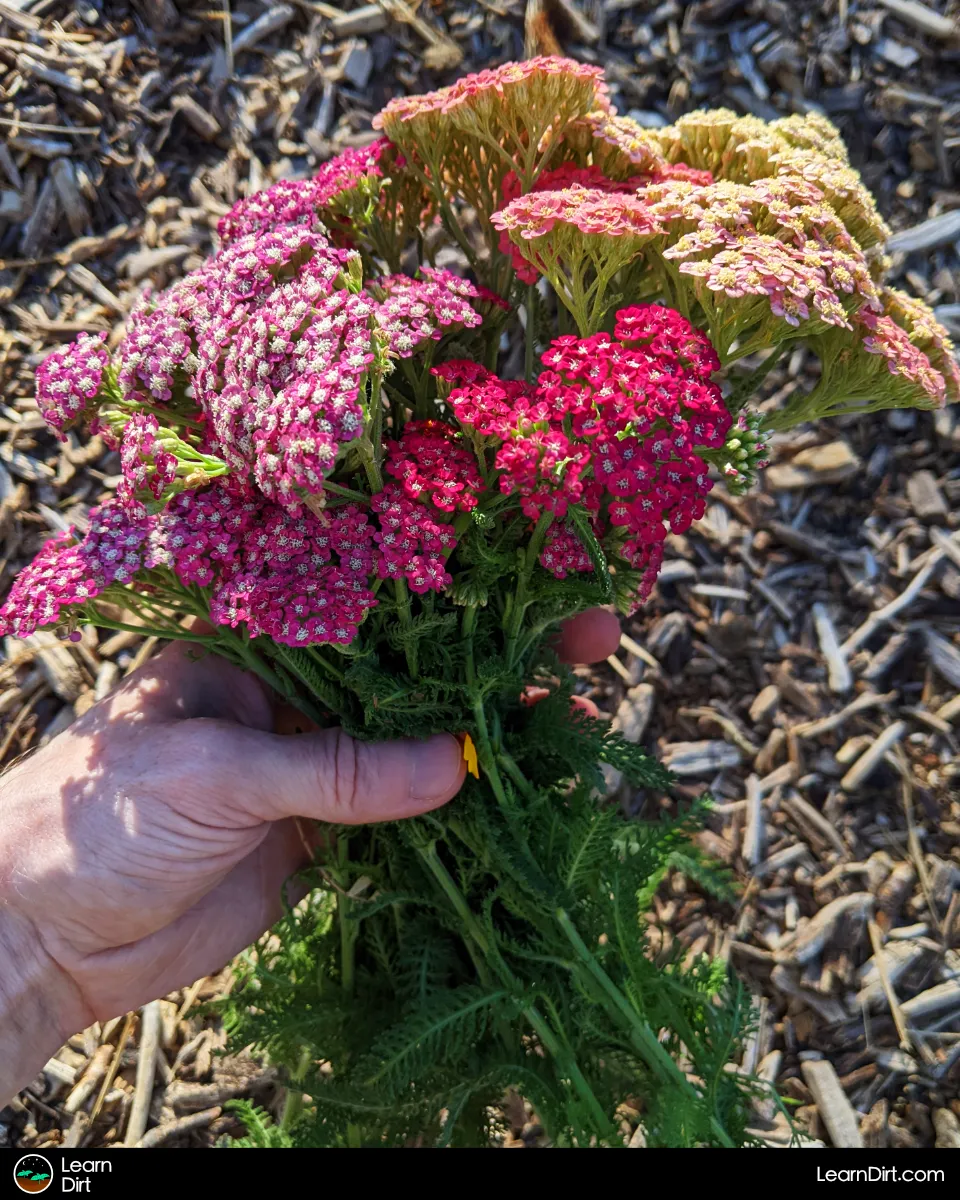
Amaryllidaceae - The Amaryllis Family
This one was formerly known as Alliaceae, the Allium family. It's since been recategorized from DNA sequencing info which helped us learn how closely-related the alliums are to amaryllis.
Alliums are now grouped as the genus Allium, within the Allioideae subfamily, within the Amaryllidaceae family.
Some gardeners will still refer to the former Alliaceae family (Allium Family), though this is no longer its own separate family.
Aquifoliaceae - The Holly Family
- Yerba Maté
Boraginaceae - The Borage Family
Brassicaceae - The Mustard Family
One of the most commonly-cultivated families of vegetables, the brassicas can all trace their roots back to a wild mustard.
Selection for tasty leaves, edible flower buds, tasty flowers, spicy roots, etc have resulted in the breadth of cultivated brassica species we see today!
Traditionally known as the Cruciferae family, you'll frequently hear these referred to as "cruciferous" veggies because of the cross-like arrangement of the four petals in the flowers.
Dig Cool Merch?
Unlike some reclassifications, as in Chenopodiaceae to Amaranthaceae, the Cruciferae name has not been completely replaced by Brassicaceae, and both are still valid. This rename did not result in any additions or removals like some family reclassifications.
For this reason, using the name Cruciferae or cruciferous is still accepted and should not cause confusion, as it's synonymous with Brassicaceae & brassica.
Some commonly-cultivated species in this family include:
- Arugula
- Broccoli
- Bok Choy
- Cauliflower
- Cabbage
- Kale
- Brussel sprouts
- Radish
- Romanesco
- Turnip
- Mizuna
- Mustard
- Napa (Chinese Cabbage)
- Wasabi
- Watercress
- Horseradish
- Kohlrabi
Cannabaceae - The Hemp Family
- Cannabis
- Hops
- Hackberry
Convolvulaceae - The Morning Glory Family
- Sweet potato
- Water spinach
Cucurbitaceae - The Gourd Family
- Cucumber
- Summer Squash
- Pumpkin
- Melon
- Watermelon
- Winter Squash
- Zucchini
- Bitter melon
- Luffa
Dioscoreaceae - The Yam Family
- Yam
Ericaceae - The Heath Family
- Blueberry
- Cranberry
- Huckleberry
Fabaceae - The Legume Family
- Peas (various types)
- Beans (various types)
- Lentils
- Chickpeas
- Peanuts
- Soybeans
- Alfalfa
- Fenugreek
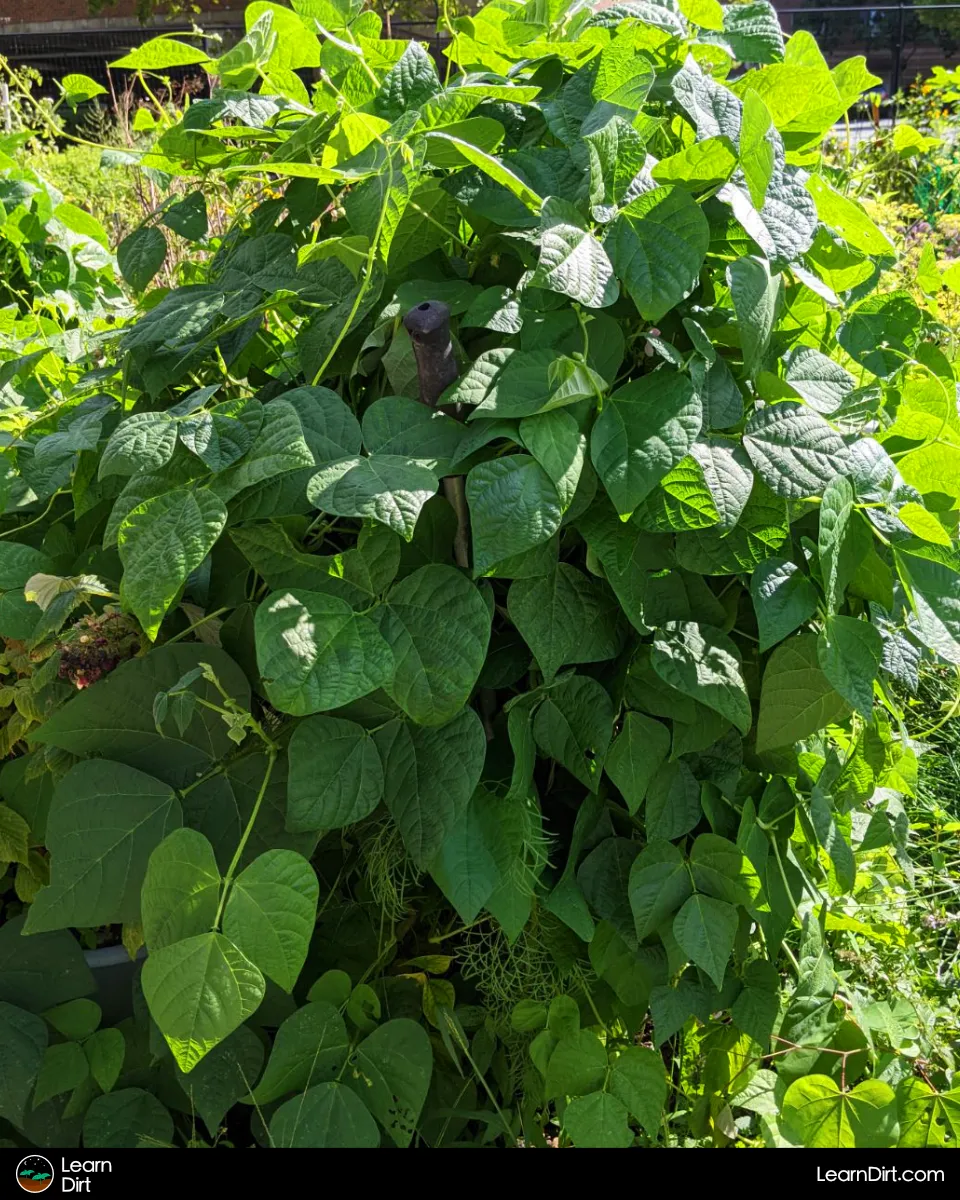
Grossulariaceae - The Currant Family
- Gooseberry
- Currant
Juglandaceae - The Walnut Family
- Walnut
- Pecan
Lamiaceae - The Mint Family
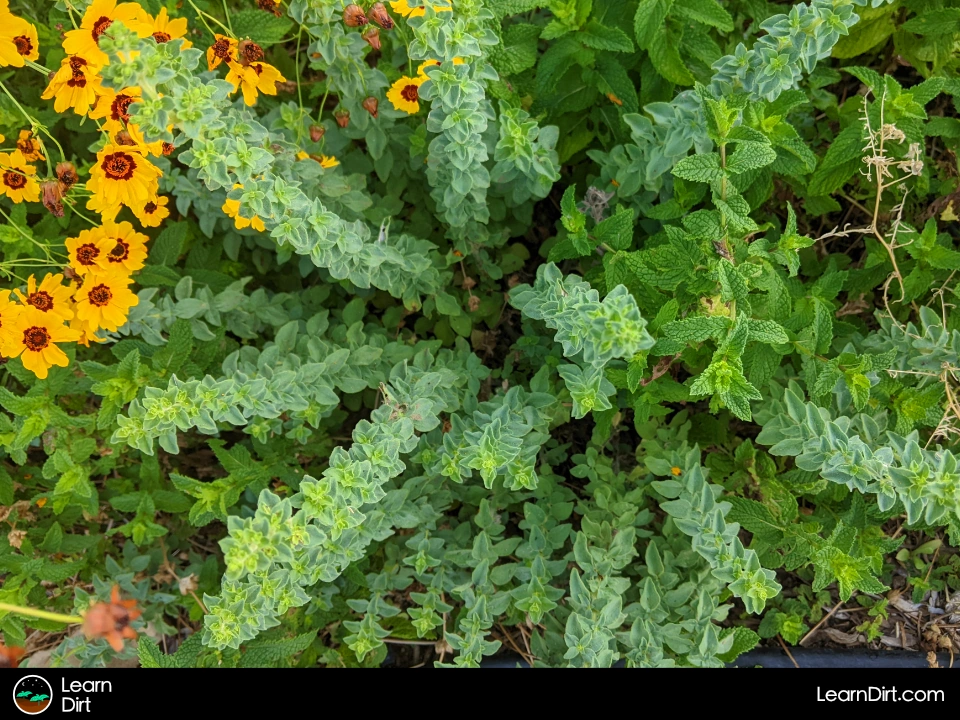
Lauraceae - The Laurel Family
- Avocado
- Bay Leaves
- Cinnamon
- Sassafras
Lythraceae - The Loosestrife Family
- Pomegranate
Malpighiaceae - The Malpighia Family
- Acerola
- Nance (Changungas)
Malvaceae - The Mallow Family
- Okra
- Cacao
- Roselle (Hibiscus sabdariffa)
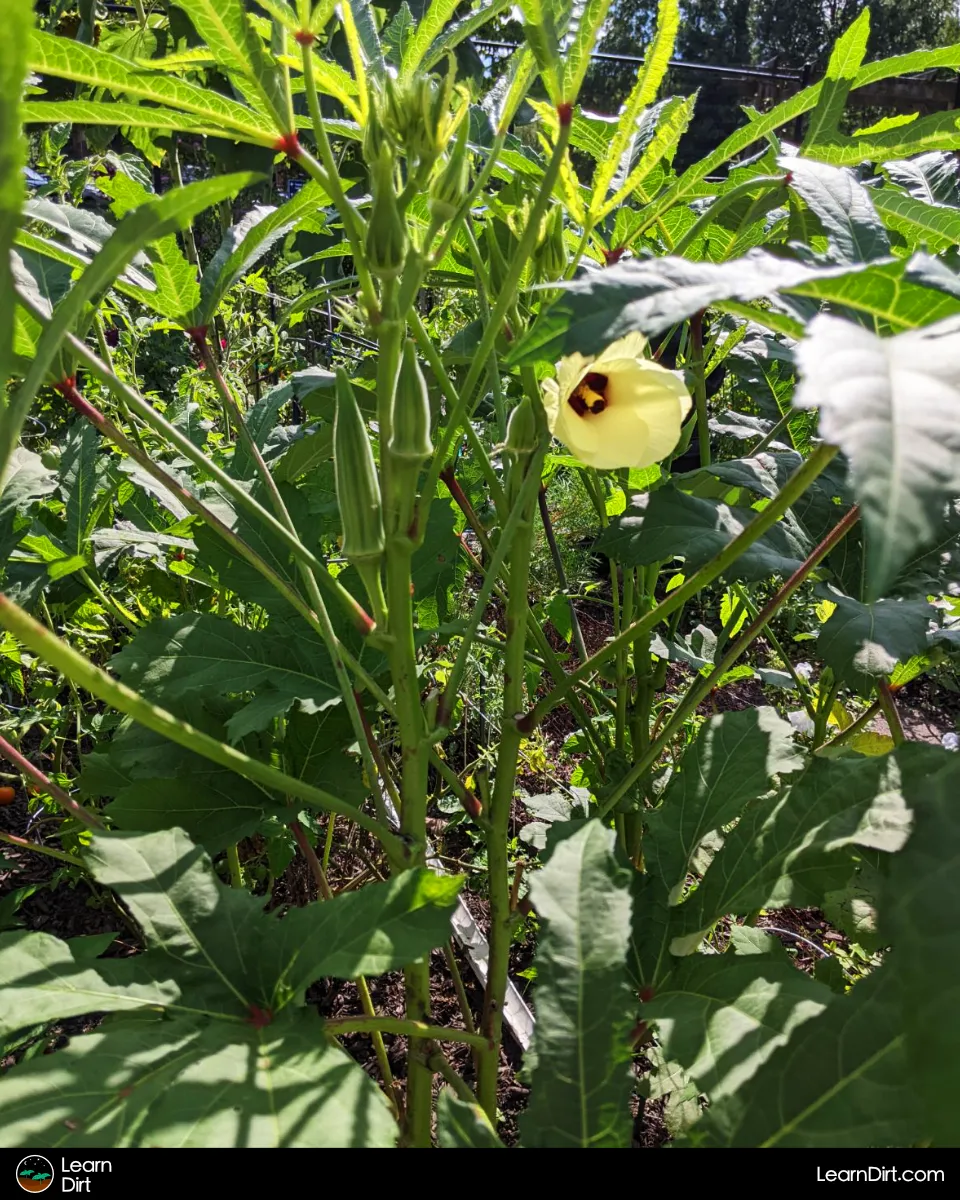
Moraceae - The Mulberry Family
- Fig
- Mulberry
- Jackfruit
- Breadfruit
Musaceae - The Banana Family
- Banana
- Plantain
Myristaceae - The Nutmeg Family
- Nutmeg
- Mace
Myrtaceae - The Myrtle Family
- Allspice
- Clove
- Guava
Pedaliaceae - The Sesame Family
- Sesame
Piperaceae - The Pepper Family
- Black pepper
- Long pepper
Poaceae - The Grass Family
- Corn (maize)
- Wheat
- Rice
- Oats
- Barley
- Sorghum
- Millet
- Bamboo shoots
- Lemongrass
Polygonaceae - The Knotweed Family
- Rhubarb
- Buckwheat
- Sorrel
Ranunculaceae - The Buttercup / Crowfoot Family
This family includes Nigella sativa, a personal favorite of mine for the black nigella seeds it produces. I learned to bake a killer Turkish pide (pita) bread back in the day and nigella seeds on top were a MUST.
Sometimes these seeds are called "black cumin", "black onion", or even "black sesame" though it's not related to any of these.
If you bake bread I can't suggest enough that you grab some nigella seeds and give them a try on top, they really send it.
Commonly-cultivated edible species in this family include:
- Nigella Sativa
Rosaceae - The Rose Family
- Almond
- Apple
- Apricot
- Blackberry
- Cherry
- Pear
- Raspberry
- Strawberry
- Manzanilla (Tejocotes)
- Peach
- Plum
Rutaceae - The Citrus Family
- Citrus (orange, lemon, lime, grapefruit)
- Kumquat
Solanaceae - The Nightshade Family
Theaceae - The Tea Family
- Tea (Camellia sinensis)
Tropaeolaceae - The Nasturtium Family
- Nasturtium
Urticaceae - The Nettle Family
- Stinging nettle
Verbenaceae - The Verbena / Vervain Family
- Mexican Oregano
- Verbena
Vitaceae - The Grape Family
- Grape
Zingiberaceae - The Ginger Family
- Ginger
- Turmeric
- Cardamom
FAQs
How Many Plant Families Are There
While we've listed some of the plant families which contain the most-commonly-cultivated edible food crops, there are many many more plant families out there!
Some esitmates identify 500+ plant families, while changes in taxonomic classification occur frequently enough that the true number is constantly changing.
How Many Edible Plants Are There
Including all the wild foods, many of which are seldomly cultivated, there may be up to 20,000 - 30,000 edible plants on Earth which humans use for food.
Of that, an estimated 7,000 or so are actually cultivated as food crops.
The number shrinks further, to just about 200 plant species, when we count only those which are commonly-cultivated for food.
Only 3 plants (corn, wheat, rice) provide half of all calories consumed by humans!
Have any suggestions or corrections for the list? Please shoot an email to [email protected] and let us know!
That's all for now, thanks for reading!
If you have any questions, comments, or would like to connect with fellow gardeners, head on over to the forum and post there.

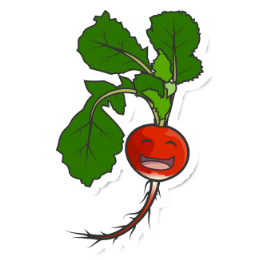



![Black Dirt Live Again [Blue]](/media/product_images/black-dirt-live-again-[blue]_shirt_260x260.png)
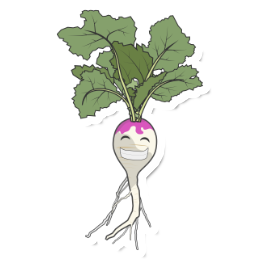
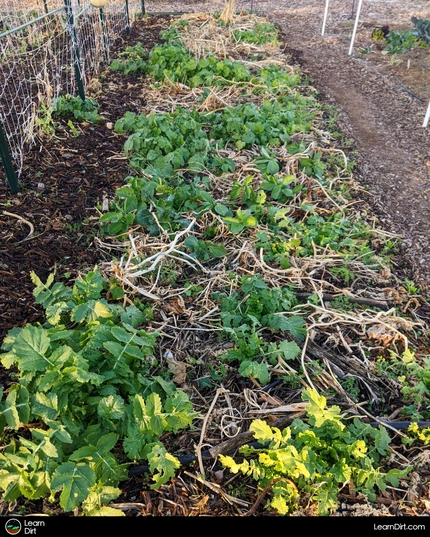

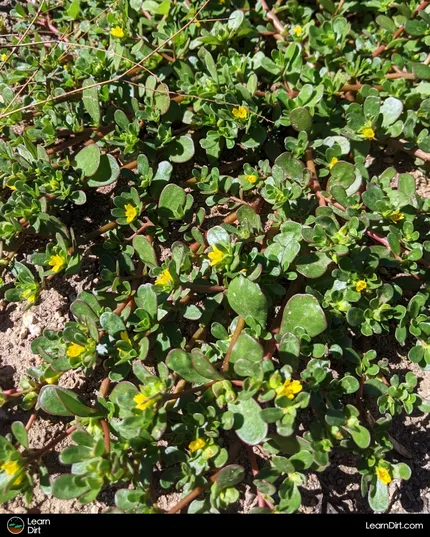
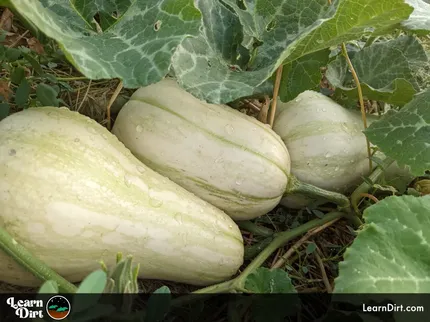


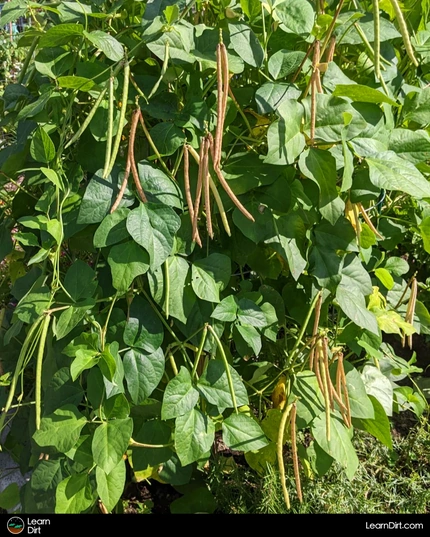





![Black Dirt Live Again [Purple] T-shirt](/media/product_images/black-dirt-live-again-[purple]_shirt_260x260.png)
